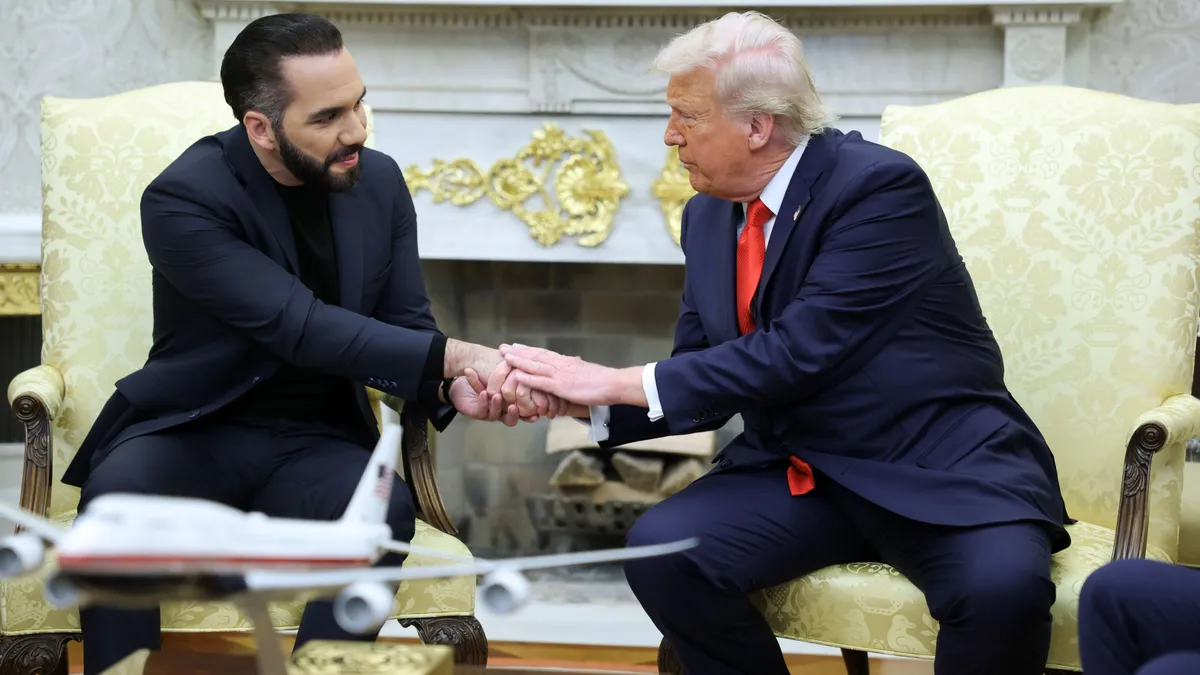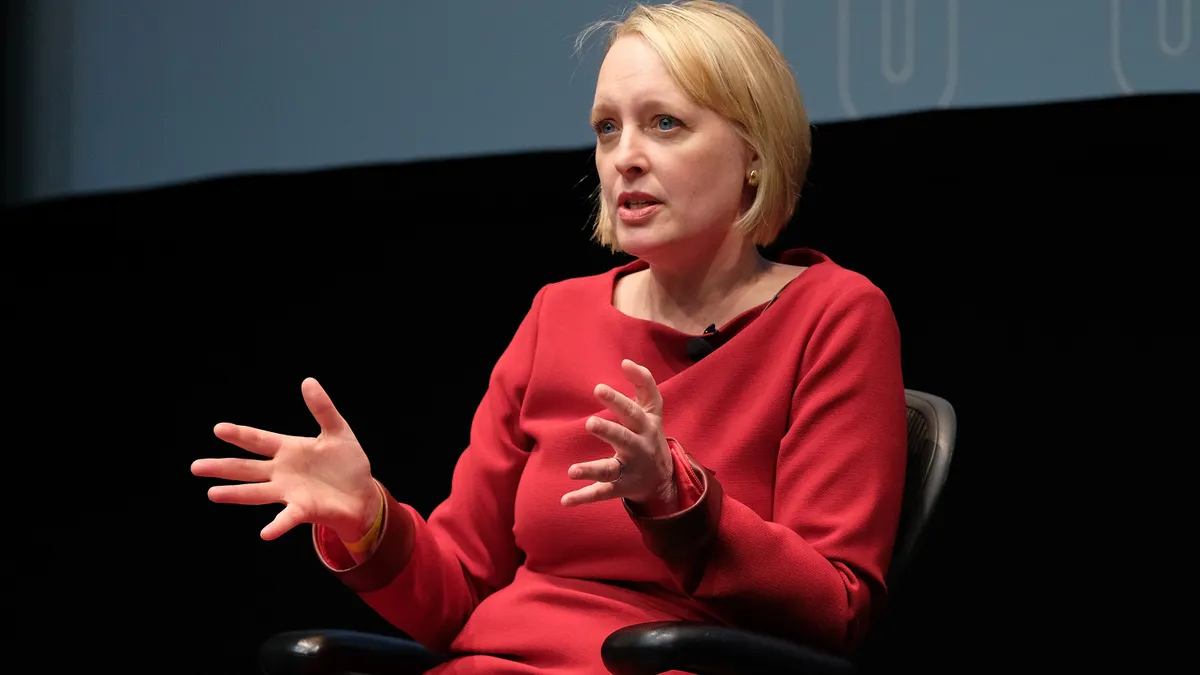The Global Inclusion Online Forum’s summit on Tuesday played host to discussions about data and diversity, equity and inclusion. Questions raised include: What does it mean to collect DEI beyond representation? How can HR folks and employers gather meaningful data? And should employers set diversity quotas?
The takeaways: First, beyond representation, HR leads and their employers can measure belonging and assess whether workplace satisfaction numbers differ across demographic groups.
Second, while race and gender presentation are important aspects of one’s identity, disability and age diversity are also key. And third, diversity quotas might not be the best approach to DEI. Kostiantyn Gridin, Big Idea officer for Global Inclusion Online Forum, pointed out that in many markets — including the U.S. and the U.K. — diversity quotas are illegal.
Along with employers announcing, then, “diversity goals” instead of “diversity quotas,” Gridin also encouraged webinar attendees to opt for “blind” hiring to bring about more actual diversity. He spoke to his own experiences going from semi-blind resume reviews to face-to-face interviews, and said he immediately started judging the candidates in front of him based on their appearance. Because highly qualified talent comes from all kinds of backgrounds, not collecting DEI data in the recruiting process might be more aligned with DEI goals, Gridin said.
The thread of compliance and DEI data collection being at odds came up once more throughout the day-long summit. From a U.S. first perspective, this conversation is particularly salient in the wake of the Supreme Court rolling back affirmative action in higher education — and many lawyers and labor professionals’ beliefs that the SCOTUS ruling will forever affect corporate talent pipelines.
Beyond questions regarding the future of diverse hiring, employers have been grappling with how to ask identity-based questions in a way that is respectful and legal — particularly regarding the LGBTQ+ community. As of late, discourse surrounding the U.S. Equal Employment Opportunity Commission’s EEO-1 form — and its lack of allowance for non-binary workers — has risen in prominence.
And beyond the U.S., global employers have distinct data collection challenges regarding LGBTQ+ workers that have arguably more serious stakes than an EEOC suit.
Toward the end of Zeynep Ince’s session, “The Role of Data in Advancing Diversity, Equity and Inclusion,” an audience member asked the Philip Morris International Global Head of Inclusion and Diversity about how the company deals with data collection and general discussion about LGBTQ+ identity in countries where homosexuality is criminalized.
Ince noted that markets including Southeast Asia, the Middle East and Africa, among others, “are quite sensitive” in this area. PMI has a global inclusion policy, but leadership has to “tailor” their approach for certain countries.
“Instead of pushing the content, we are more inviting them to the conversation,” Ince said, going on to explain that PMI can’t explicitly extend invitations to LGBTQ+ events because of legal issues.
In DEI-related surveys, questions that once specified sexual orientation as an identity get tweaked so there’s a slot for “other,” she continued. In those markets where homosexuality is criminalized, answers often end up pointing to sexuality.
“Unfortunately, if it's a legal restriction, it's quite binding. We have to respect those legal restrictions, but we can do everything else. We can by giving them access to our events, even if we cannot push the invite,” she said. Ince also brought up the fact that PMI can’t even establish chapters of its queer ERG in Dubai or Indonesia. “But then we definitely invite our colleagues by different means to be part of the conversation wherever it is available in their region in the closest proximity or at global level.
Safety is ultimately top of mind, and Ince said that her team wants to let workers worldwide know they can “be their own self in our workplace.” And yet, a major pain point — “one of the most difficult areas,” she said — is figuring out how to provide that psychological safety to these marginalized workers.
“Actually, we need to provide even more support to LGBTQ+ community members living in those geographies because it's much more difficult for them than anyone who can actually express their identity more freely. So we tailor, we ‘geofence’ and we try to use different terminology and different means for certain questions where we hope to get the same input.”






















